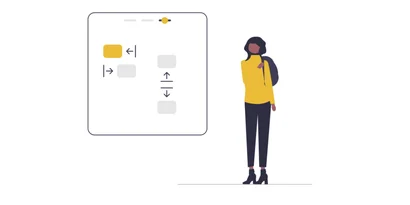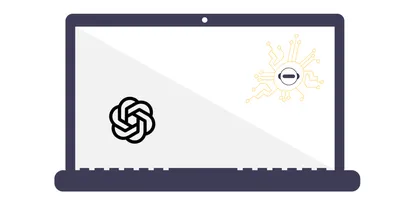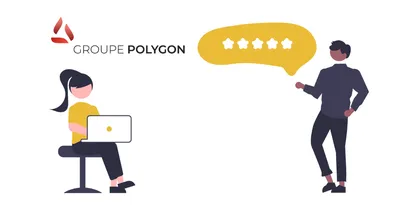
Key HR statistics for 2021
Key HR stats: trends, challenges and HR priorities. Discover the key numbers to know in human resources.

Key HR stats: trends, challenges and HR priorities. Discover the key numbers to know in human resources.

The world moves fast (too fast?). So discovering innovations, understanding and learning how to do things better in our industry can be challenging. That's why we've compiled a list of HR influencers to follow to keep you up to date with the latest HR news.

The HR function, once focused on personnel administration, has evolved into a strategic player within organizations. Despite this positive development, HR professionals face a lack of time and resources, a challenge that technology can help overcome. Let's explore the HR tasks that can be automated to optimize the efficiency of this function.

In an era where companies increasingly struggle to retain talent, the issue of offboarding (managing an employee's departure) takes on a new dimension. Far from being purely administrative, offboarding involves various stakes (employer branding, IT security, etc.) and requires specific preparation.

Find out why HR departments should opt for secure, reliable AI that is integrated into their HRIS, rather than using a public tool like ChatGPT.

Thanks to the intelligent solutions from SIGMA-HR, Canadian fire protection specialist Polygon Group is simplifying HR management for over 1,000 employees. Tanya Moskovakis, National HR Manager at Polygon Group, shares her thoughts on this solution.
We noticed that you're browsing from United States. Would you like to switch to Canada - EN?